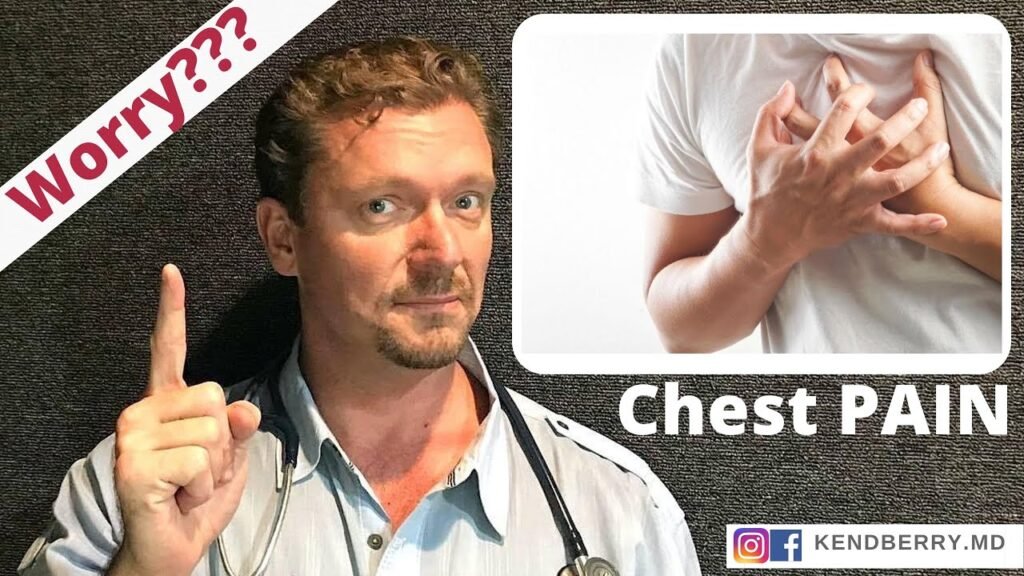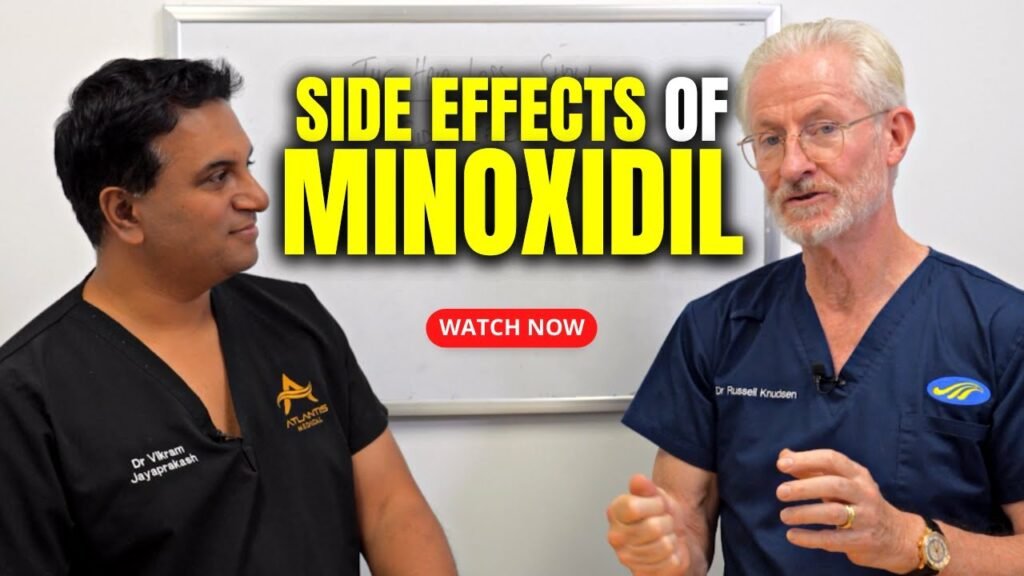Understanding Minoxidil: What It Is and How It Works
Minoxidil is a well-known medication used primarily for promoting hair growth and treating hair loss conditions such as androgenetic alopecia, commonly known as male or female pattern baldness. Initially developed as an oral medication for high blood pressure, its hair growth side effects led to the creation of topical formulations. Available over-the-counter in various strengths, Minoxidil is applied directly to the scalp to stimulate hair follicles and encourage hair regrowth. Its important to note that while Minoxidil can be effective in promoting hair growth, results can vary from person to person, and continuous use is often necessary to maintain any benefits.
How Minoxidil Works
The exact mechanism by which Minoxidil promotes hair growth is not fully understood, but it is believed to work by improving blood flow to the hair follicles. This vasodilatory effect increases the size of hair follicles and extends the growth phase of the hair cycle, known as the anagen phase. By prolonging the anagen phase, Minoxidil allows for longer and thicker hair strands to develop. Additionally, Minoxidil may stimulate dormant hair follicles to enter the active growth phase, leading to an increase in hair density over time. Users typically apply the product twice daily, and it may take several months to notice significant changes in hair growth.
Effectiveness and Considerations
While Minoxidil is generally effective for many individuals experiencing hair thinning or loss, its crucial to consider several factors before starting treatment. Consistency is key; discontinuation of Minoxidil often results in the gradual loss of newly regrown hair. Users may experience initial shedding as the hair cycle adjusts, which is a normal part of the process. Its also worth noting that Minoxidil is most effective in individuals who have recently begun experiencing hair loss, as opposed to those with long-standing baldness. As with any medication, potential side effects exist, such as scalp irritation or unwanted facial hair growth, so consulting a healthcare professional before beginning treatment is advisable.
Potential Side Effects of Minoxidil: Chest Pain Explained
Minoxidil is a popular topical treatment widely used for stimulating hair growth and combating hair loss. While it is generally well-tolerated, some users may experience side effects, with chest pain being one of the more serious concerns. Understanding the potential causes and implications of chest pain related to minoxidil use is crucial for users who are considering or currently using this treatment.
Understanding Chest Pain as a Side Effect
Chest pain associated with minoxidil is considered a rare but serious side effect. It is crucial to differentiate between mild discomfort and pain that requires immediate medical attention. Users experiencing severe or persistent chest pain should seek medical advice promptly, as it could indicate cardiovascular issues or other underlying health concerns. Minoxidil is a vasodilator, originally developed to treat high blood pressure, which may explain why some individuals experience cardiovascular-related side effects when using it for hair loss.
What to Do If You Experience Chest Pain
If you experience chest pain while using minoxidil, it is advisable to discontinue use and consult with a healthcare professional immediately. They can assess whether the symptom is directly related to minoxidil or if another underlying health issue is present. It is important to provide your doctor with a full medical history, including any other medications you are taking, to help them determine the best course of action. Monitoring your symptoms closely and maintaining open communication with your healthcare provider are key steps in managing potential side effects effectively.
When to Seek Medical Advice for Minoxidil Chest Pain
Experiencing chest pain while using minoxidil can be alarming, and knowing when to seek medical advice is crucial. Minoxidil, a common treatment for hair loss, is generally safe for most users, but it can occasionally cause side effects that warrant professional attention. If you experience any form of chest pain, it is essential to evaluate the severity, duration, and accompanying symptoms to determine if medical intervention is necessary.
If the chest pain is severe, persistent, or accompanied by other symptoms such as shortness of breath, dizziness, or rapid heartbeat, seek immediate medical attention. These symptoms may indicate a serious reaction that requires prompt evaluation by a healthcare professional. Additionally, if you have a history of heart conditions or other cardiovascular issues, any new or unusual chest pain should be addressed without delay to rule out potential complications.
Even if the chest pain is mild, it is advisable to consult a healthcare provider to discuss your symptoms and the possibility of adjusting your minoxidil dosage or exploring alternative treatments. A doctor can help determine whether the chest pain is directly related to minoxidil use or if another underlying condition might be contributing to your discomfort. By seeking timely medical advice, you can ensure your safety and continue your hair loss treatment with peace of mind.
How to Safely Use Minoxidil to Minimize Risks
When using Minoxidil, a topical treatment for hair loss, it is crucial to follow proper guidelines to ensure safety and minimize potential risks. Begin by consulting a healthcare professional to determine if Minoxidil is suitable for your condition, especially if you have a history of heart issues or skin conditions. This consultation can help tailor the treatment to your specific needs, reducing the risk of adverse effects.
Follow the recommended dosage: Minoxidil is typically available in 2% and 5% concentrations. It is essential to adhere to the prescribed dosage and application frequency. Overuse can lead to unwanted side effects such as scalp irritation or unwanted hair growth on adjacent skin areas. Always apply Minoxidil to a clean, dry scalp, and wash your hands thoroughly after each application to prevent accidental contact with other parts of your body.
To further minimize risks, be aware of possible side effects and how to address them. Common side effects include itching, redness, or dryness of the scalp. If these occur, consider using a gentle shampoo and conditioner to soothe the scalp. If you experience severe side effects, such as chest pain or rapid heartbeat, discontinue use immediately and seek medical attention. Regular monitoring and communication with your healthcare provider can help manage any concerns that arise during treatment.
Alternatives to Minoxidil: Exploring Other Hair Loss Solutions
For those seeking alternatives to Minoxidil, several other hair loss solutions may be worth considering. One popular option is Finasteride, a prescription medication that works by blocking the production of dihydrotestosterone (DHT), a hormone linked to hair loss. Finasteride is particularly effective for male pattern baldness and is available in oral form. While effective, its important to consult with a healthcare professional to discuss potential side effects, such as decreased libido and other hormonal changes.
Another viable alternative is hair transplant surgery, which involves moving hair follicles from one part of the body to the thinning or balding areas of the scalp. This surgical solution offers a more permanent result and has advanced significantly in recent years, with techniques such as Follicular Unit Extraction (FUE) providing natural-looking outcomes. While this option can be costly and requires a recovery period, it is a consideration for those seeking a long-term solution to hair loss.
For individuals interested in non-pharmaceutical and non-surgical options, low-level laser therapy (LLLT) is an emerging treatment that has shown promise in stimulating hair growth. This therapy involves the use of laser devices to improve cellular activity in hair follicles, potentially leading to increased hair density. Additionally, natural remedies like essential oils, including rosemary and peppermint, and dietary supplements such as biotin and saw palmetto, are often explored for their potential benefits in promoting healthier hair growth. However, its crucial to research and consult with a healthcare provider to ensure the efficacy and safety of these alternative treatments.


